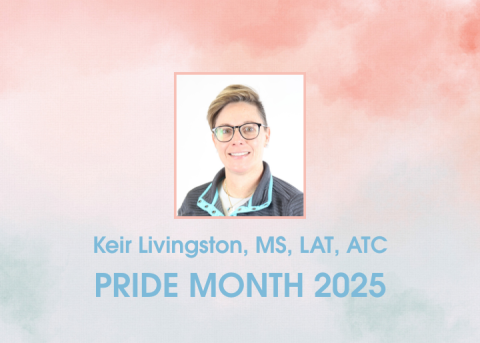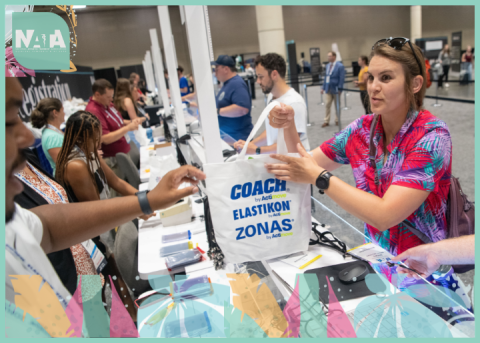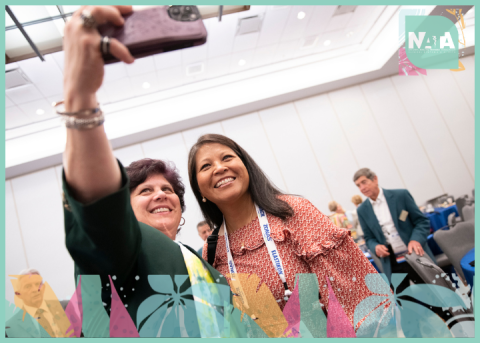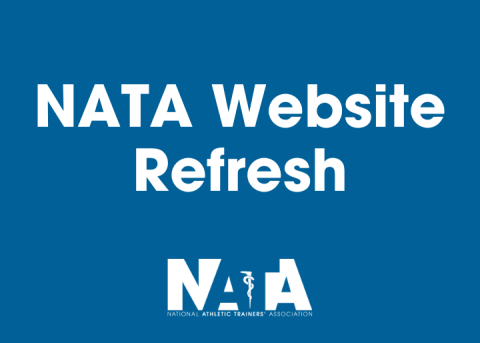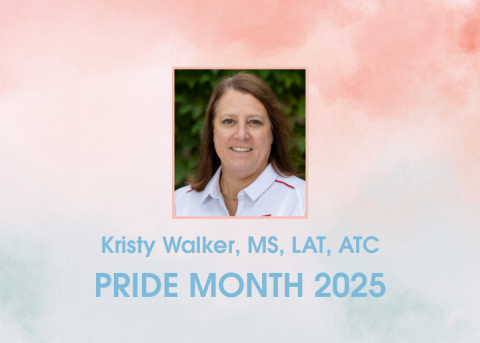
The February NATA News cover story examines the occupational health setting and the athletic trainers who are caring for this unique active population. In it, Jose Morales, MA, ATC, CEAS, a safety specialist at the Toyota plant in San Antonio, details the ins and outs of injury prevention as a way to reduce costs and improve employee well-being.
“The best way to treat an injury is to prevent an injury,” he said.
Going into his 11th year with Toyota, Morales said he stumbled into his job thanks to good word of mouth. He was living in New Orleans and working as a science teacher when a childhood friend told him that Toyota was opening a manufacturing plant in their hometown of San Antonio.
“He wanted to apply for a job there so he could go back home, but he had injured his ACL in high school and it was bothering him,” Morales said. “He asked me if I could look at it for him.”
Wanting to help his friend, Morales looked over the old injury and came up with a care plan to get him ready for the physical requirements of his potentially new manufacturing position. Different from “hitting the gym” and lifting weights, Morales explained to his friend that he needed to focus on movement and agility.
“He started doing [what I had recommended] and when he went into his interview, there was physical testing and range of motion stuff,” Morales said. “He started talking to the physical therapist and told him about the working he had been doing with me. He’s the one who sold me to this therapist.”
Morales was contacted by the Toyota physical therapists. He accepted the position offered to him, even though it was in a setting with which he wasn’t familiar.
“It was an unknown territory for me, but it made sense to use our athletic training domains in this way,” he said.
“The reason I don’t practice as [a traditional athletic trainer would] is because we want to go under the injury-prevention side. What we’re trying to do is lower the recordable injuries that occur in this type of field. A recordable injury is an injury that requires medical attention, and OSHA and other governing bodies notice that. … We’re trying to keep these aches and pains and soreness from becoming an injury that has to be recorded and information given to OSHA.”
When Morales joined Toyota, he was one of three on a team that conducted new hire testing, which determined an employee’s range of motion and other physical abilities or limitations. They also held work conditioning courses.
“I saw [the work conditioning courses] as summer camp – like we’re going to get them physically ready to go play a sport,” Morales said.
Morales said what helped him navigate his new setting was his ability to think outside of the box, a trait he attributes to athletic training.
“I remember being a graduate assistant, traveling with the team, and all of a sudden you have an injury and you have to think on the spot and make something and you don’t have all the materials you need. So you make something up on the fly as a temporary countermeasure,” he said. “It’s the same thing with this [job]. You have to come up with ways to help them stop this pain, or whatever, from becoming something worse.”
Over the past 10 years, the injury prevention program has grown – now employing 14 exerciseologists and kinesiologists, some of whom are athletic trainers – as has Morales’ role at the manufacturing plant. Now a safety specialist within the plant’s safety department, Morales splits his time between injury investigation and injury prevention/ergonomics.
“I look at man, method and material to find the root cause of an injury and how to prevent it from happening again,” he said. “The other part of the day is ergonomics. I look at ways to prevent from other injuries.”
Morales said everyone benefits when a company employs athletic trainers as part of an injury prevention program: the company saves money and employee time while the employees see improvements to their health and wellness.
“My favorite part of my job and what drives me is the team members, helping people,” he said. “They’re providing for their families. It’s a very physical job, but it’s a great job, and being able to see them succeed is very rewarding.”

